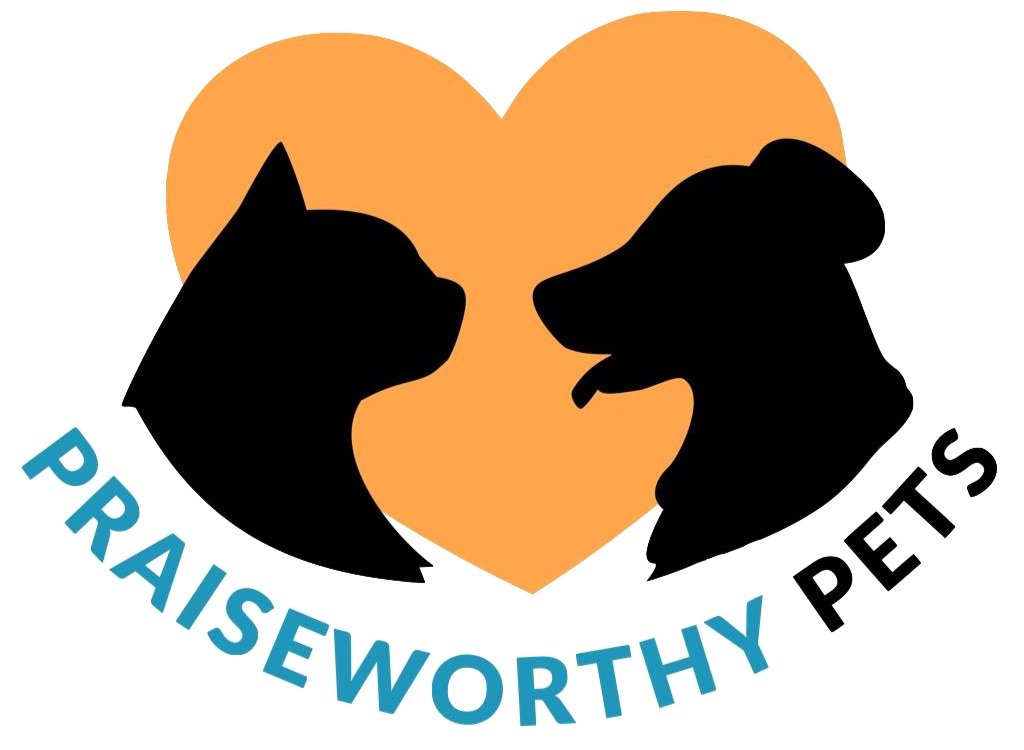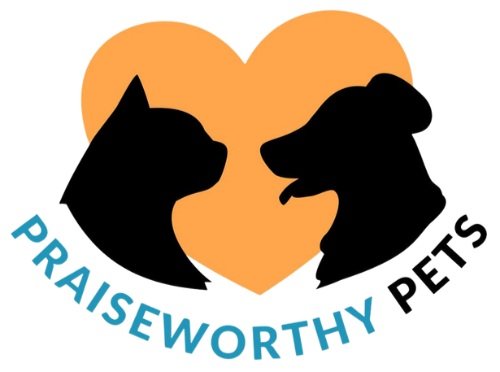Control Unleashed with Cats and Dogs - with Leslie McDevitt
How do you use Control Unleashed when working with your cats and dogs?
I recently spoke to Leslie McDevitt, author of the popular Control Unleashed books and DVD series, on my podcast. Leslie broke down how she sets up her house to allow for easier introductions and how she uses Control Unleashed games and concepts to keep her cats and dogs living happily together.
Some of our conversation can be found below (edited for clarity) with some tips you can apply to your own multi-animal household.
Or if you'd like to listen to the full episode, press play below:
You have a specific method for introducing cats and dogs when they first come into your home. Can you tell us about that?
Some animals may need a really high level of management and structure, others might not. I’m not the kind of trainer to say, “you have to do everything this way,” because every animal is individual, and every home situation is different.
The first thing to focus on is management, so setting up your space so that no one gets into trouble. I’ve fostered a lot of kittens so I usually set them up in the guest room and make a little kitten paradise for them. I call it the Kitten Enrichment Center or Zone and it’s full of stuff like snuffle mats, lots of toys, and boxes with some catnip or cat kibbles in. The whole setup is self-contained. The dogs can’t get in, but they can smell under the door.
It’s nice to keep everyone separate when you’re doing introductions but let them smell each other so it’s not such a big shock when they meet. My dogs are already trained so they’ll lie down and stay. I like to introduce them with crates, so I’ll have a dog lying down in a crate and a kitten can come up to meet them.
Leslie’s tips for setting up your space
Prepare your space before bringing your new pet home. You’ll want to keep everyone separate at first while they get used to each other’s scent.
Create a cat enrichment safe space with toys and a secure door/gate to keep any dogs out
Use a crate or baby gate to gradually introduce the cat and dog
Let dogs get to know the cat’s scent before meeting
Use food and play to try to gauge the new pet’s comfort levels around the resident animal
Don’t neglect enrichment activities for dogs, e.g. use a snuffle mat and things to chew on
Let cats gradually explore but leave them a safe space for them to retreat to, e.g. a high up space or a crate
Keep your dog on leash while the cat is exploring
Using Control Unleashed games with cats and dogs
Look at That (LAT): When Leslie first got her border collie, she used the Look at That (LAT) game to reinforce her disengagement from her young children and the cats (or whatever else she was staring at).
Default Behaviors: Let the animal pick whatever behavior has a solid reinforcement history, like sitting down or maintaining eye contact. They learn if they want access to something, they will have to offer that default behavior. Reinforce every time they offer their default: ideally with what they were asking for, but if that’s not possible, with food or a different (but still enjoyable) activity.
Take a Breath (TAB): Teaching your pets to take a deep breath on cue helps regulate their responses to a trigger. Put a treat up to your pet’s nose and watch for their nostrils to “poof” - then give them the treat. Yes, they’re doing it as a trick, but it doesn’t matter because breath tells their body to self-regulate.
Super Bowls: Put a treat down in a bowl or some other visual target on the ground. The animal eats the treat, and then looks back up at you. This eye contact cues you to move together to the next visual target. You can set up these spots to help your pets become comfortable approaching each other in a controlled way. The animal is in control of whether they want to move forward to the next bowl - if they are reluctant to look up at you, you know that they are at threshold and that you should move back to the previous bowl, instead of continuing towards the other animals.
These games can be played in parallel: set up your animals with activities while separated by a barrier. If you’re by yourself, play a pattern game with one while the other is engaged in a solo enrichment activity. If you have a human training partner, you can each play a pattern game with one pet, giving them their own predictable tasks to do while also being able to watch and learn about each other.
A big mistake to avoid
Using Control Unleashed techniques during cat-dog introductions and interactions is very popular and can be very effective, if you are using them when your animals are under-threshold.
Your animal’s under threshold if they are thinking, relaxed, and learning while being exposed to the trigger or distraction. When their experience becomes too intense, they will go over-threshold, and will start to exhibit stress behaviors. Control Unleashed games are not meant to be used with over-threshold animals.
For example, you and your cat might be playing with a wand toy while your dog works on a food puzzle 10 feet away. Every so often, you can play LAT, asking the cat “where’s the dog?” If your cat glances at the dog and then returns right back to the game, you’re working at the right level. If the cat’s play behavior deteriorates, they are getting over-threshold and LAT is no longer appropriate. Your new job is to manage the environment and the dog’s behavior to get the cat back under-threshold.
Maintaining positive interactions
Some tips for keeping dogs and cats happy and calm together after they’re introduced:
Keep a safe space for both types of animals to retreat if they become overwhelmed and need a break
Ensure cats and dogs have their own enrichment activities (which they can do in parallel, one on each side of a barrier, to maintain positive associations with each other’s presence)
Play some games like Look at That or Super Bowls, or the parallel exercise
Keep an eye on your pets and intervene if you see them going over the threshold
Which CU games have you used with your pets? Comment below to tell me about your experience!

